Deeksha
Forum Replies Created
Viewing 6 posts - 1 through 6 (of 6 total)
-
DeekshaParticipantHey everyone, when I tried taking photos keeping both the elements of compositions with the rules in mind, I think it resulted in better photos altogether especially if your bird is stationary, but when you are trying to take photos in the manual mode with lots of settings going on parallelly in your mind like the exposure trifecta, the focus mode, the position of the bird in the frame, etc. All of this makes you forget the rules cause the bird will suddenly appear and you are struggling with making your camera work in the right way and by the time you're ready with the camera, the bird flies away into a different light and then you have to change your settings again. Reply if you have the experienced the same problem. After having many tries at it, I did manage to get a few shots. The first picture is taken while following the rules and the second one is taken while breaking the rules. I think that photos with rules resulted in a decent perfect picture but in order to get creative and try out new angles to make it a unique photo we need to break the rules. Do share your opinion as well.

 in reply to: Practice Crafting Great Bird Photos #1008821
in reply to: Practice Crafting Great Bird Photos #1008821 -
DeekshaParticipantHello everyone, I visited an urban park near my house yesterday and sat for an hour. After the first 30 mins of waiting at a sit spot, I was finally able to see birds fly up close to me and I managed to get a few shots but being a beginner, the shots are not that great. I'll practice more and try to get better shots. Here are some of the pics I was able to get of Willy wagtail, New Holland Honeyeater with Red wattlebird and a bit of Rainbow lorikeet.


 in reply to: Practice Gaining an Audience with Birds #1006512
in reply to: Practice Gaining an Audience with Birds #1006512 -
DeekshaParticipantHello everyone, the goal which I have set for myself is to be able to click high quality pictures of birds, either in flight or in their habitat. The gear which I would need to make that happen is an APS-C (crop sensor) DSLR camera with a super telephoto lens (< 300 mm). I have purchased the Nikon D1500 DSLR camera and all I need is a super telephoto lens. Below is the clearest picture of an Australasian Swamphen, I could get till now with this camera.
 in reply to: Practice Matching Your Gear to Your Goals #1004796
in reply to: Practice Matching Your Gear to Your Goals #1004796 -
DeekshaParticipantCool photo, which camera do you use?in reply to: BALD EAGLE AT LAKE MING #1004674
-
DeekshaParticipantIf you could tell the place where you saw it, it would be a great help to identify it.in reply to: Can you spot the OTHER bird in this picture? #1004671
-
DeekshaParticipantHello everyone, the bird I chose is The Black Swan. I chose this bird because I see it almost every day and it is easily accessible from my home. The habitat that it depends on ranges from fresh, brackish, saltwater lakes to swamp, river and permanent wetlands. Its food sources include aquatic and marshland plants such as underwater algae, leaves of reedmace, stonewort, etc. Occasionally they feed on pasture plants on shore. The current season January is not their breeding/nesting season. The breeding/nesting season for this bird is from February to September in the southern hemisphere. There is no set migration pattern but rather opportunistic responses to high rainfall and drought conditions. It sticks all year-round. The Black swan makes a range of high pitching, musical, bugling and trumpeting calls along with some varieties of softer crooning notes. But when disturbed while nesting or while with young they make a whistling sound. The distinctive behaviors which we can expect to see include both parents share the responsibility to take care of the nest and the cygnets (young swan). For example, while incubating the eggs if an egg accidently rolls out of the nest, then both of the parents will retrieve the egg using their necks. They can become very territorial and aggressive especially during mating/nesting season or when protecting their young. I personally experienced this aggression while I was trying to get a picture of the cygnets during the nesting season. The father swan adopted an aggressive posture which is when the swan constantly stares at you, gives out hissing sounds, stretches its neck upwards, opens its wings wide or when it flaps it wings in an aggressive manner. Even after this, if the perceived threat does not back out it may directly charge at the threat which can be followed by biting. I however understood at the first warning sign itself that the bird does not look normal which was when it was constantly staring at me and arching its neck upwards. I backed out immediately. When I did the research and watched some videos of this course, I got to know what I was doing wrong. I was not being an ethical photographer. I was not using empathy as my guide. My research has now helped inform my photography and going forward I will be careful enough to not disturb the bird or its habitat and not put my ambition before the bird itself. I have attached some pictures of the Black Swan with the cygnets and also the picture where it was constantly staring at me. (Picture 2)


 Kind regards,
Deeksha Goyal in reply to: Practice Understanding Birds for Better Photos #1002388
Kind regards,
Deeksha Goyal in reply to: Practice Understanding Birds for Better Photos #1002388
Viewing 6 posts - 1 through 6 (of 6 total)
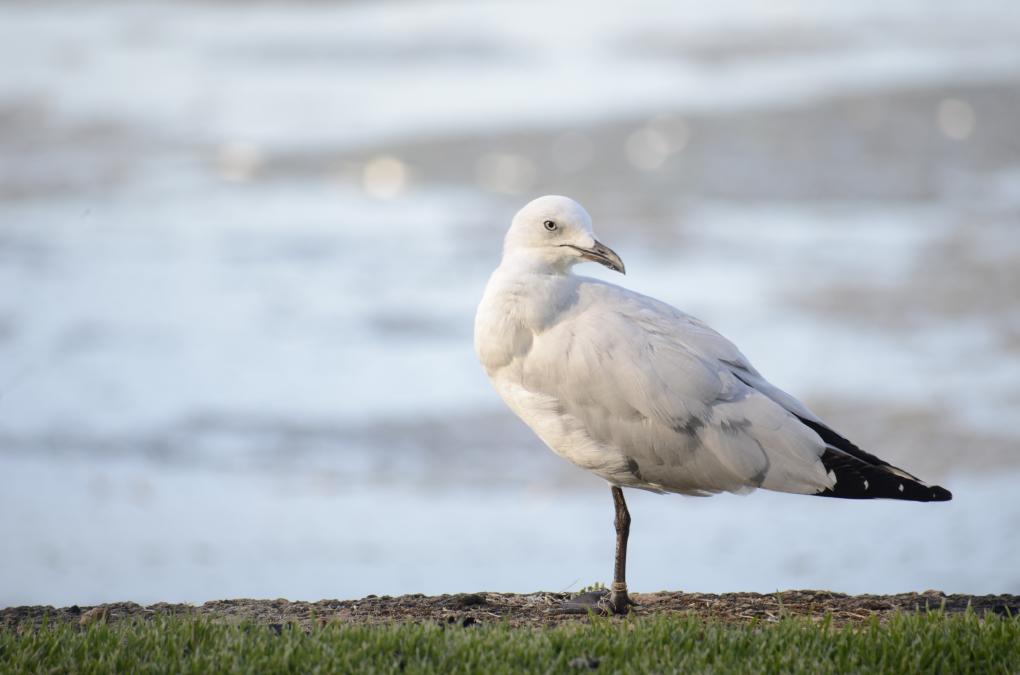
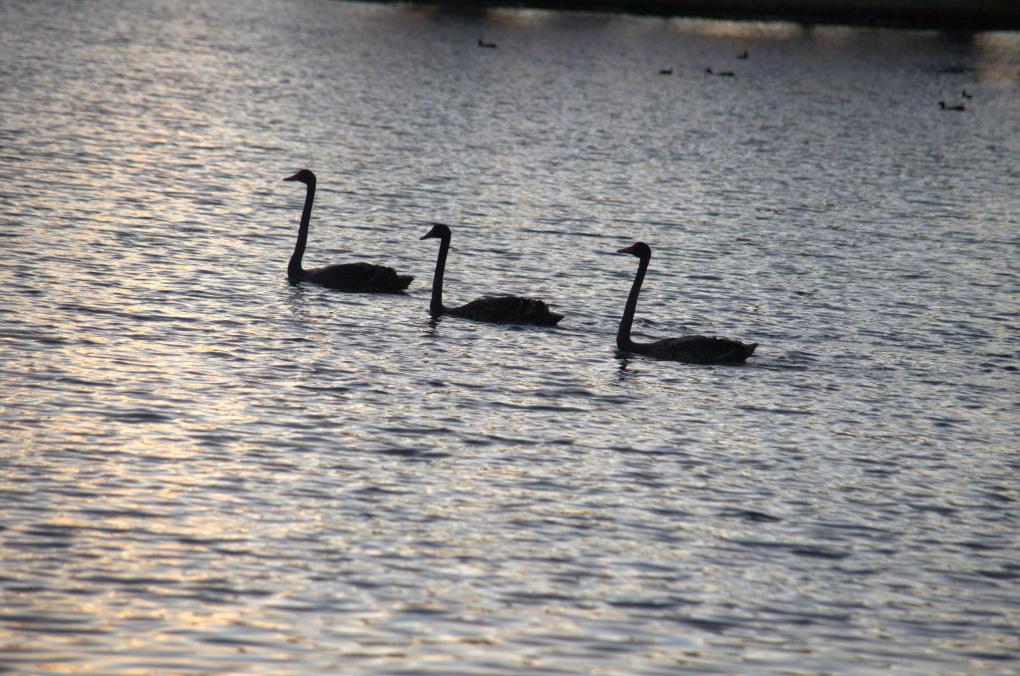
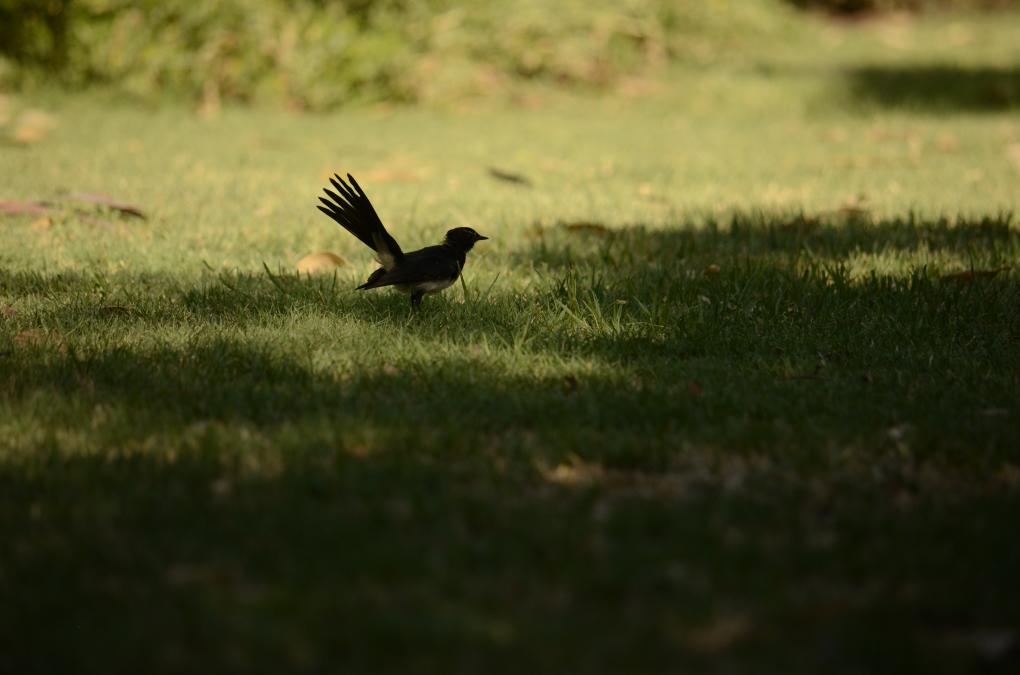

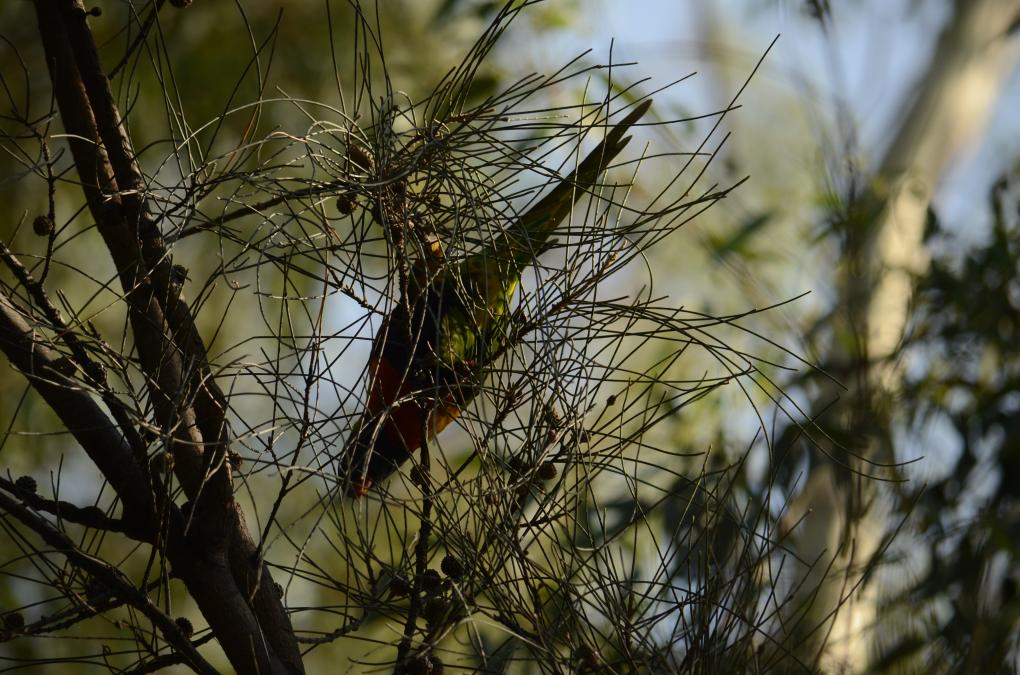


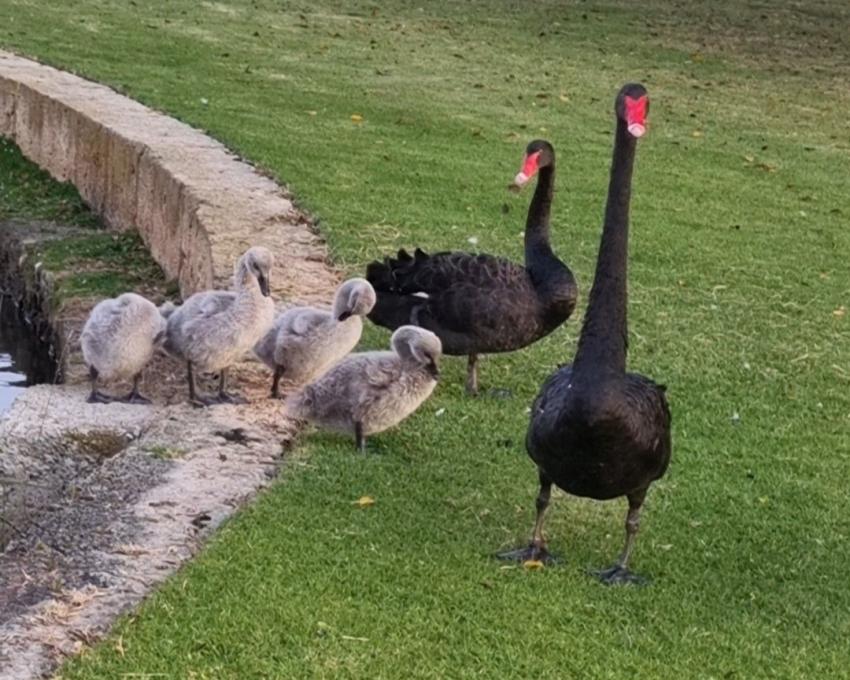
 Kind regards,
Deeksha Goyal
Kind regards,
Deeksha Goyal